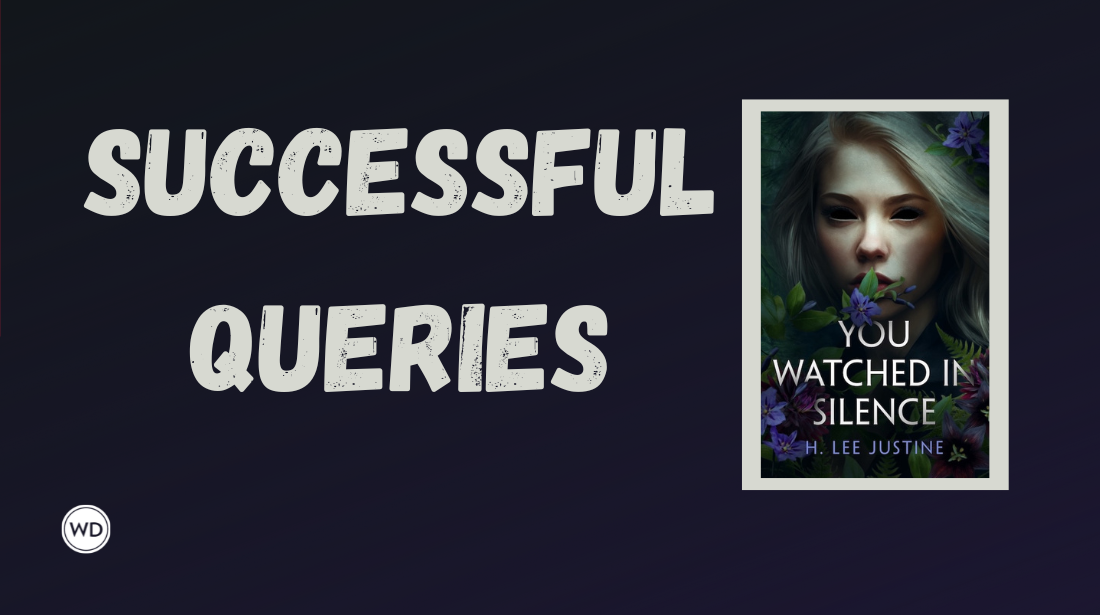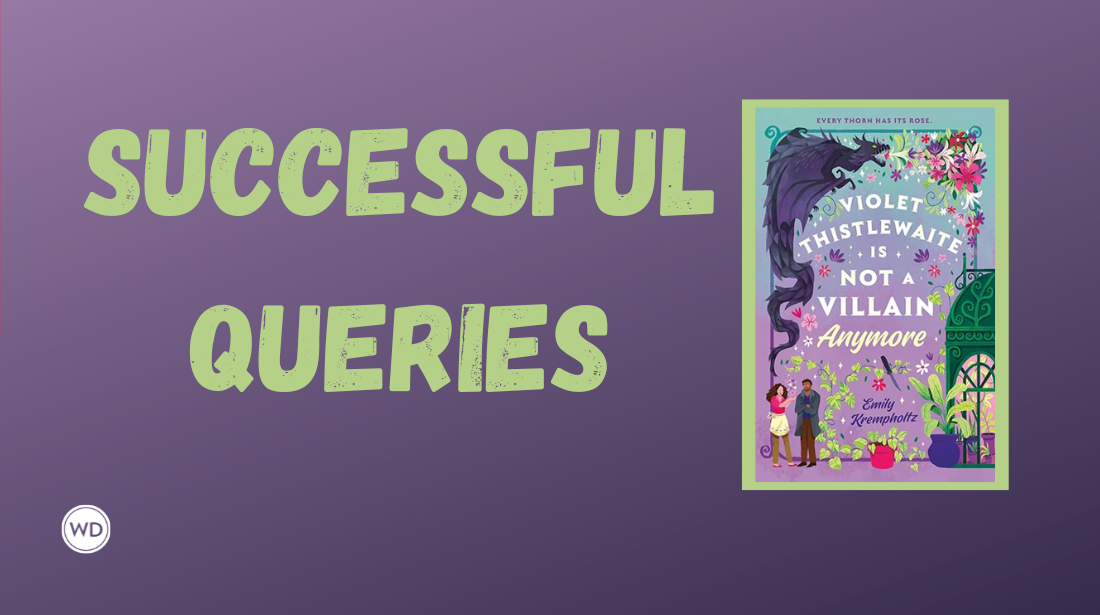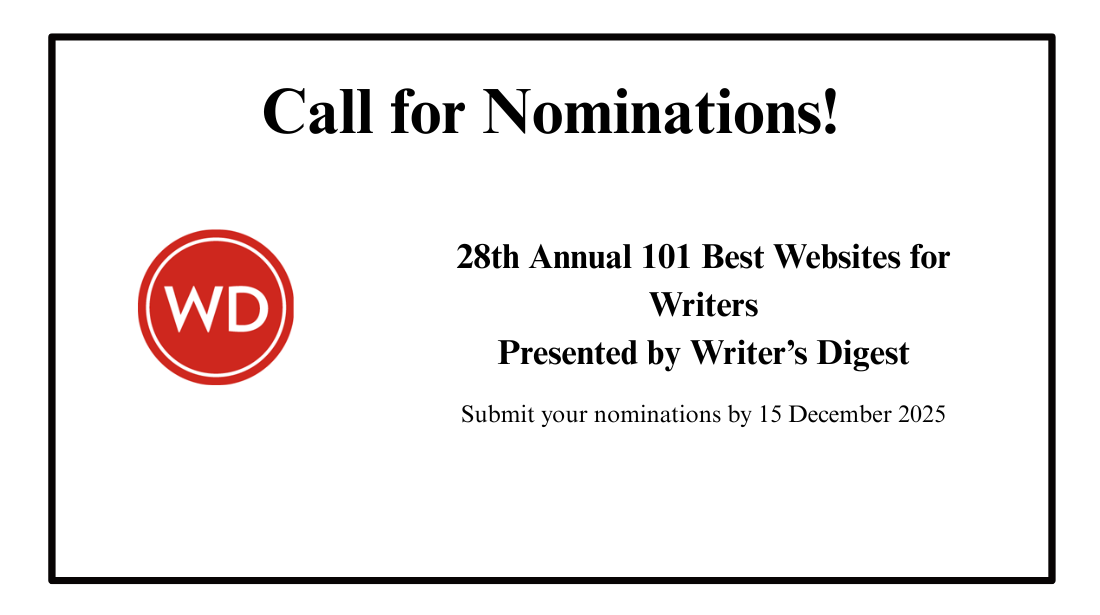How to Make More Human (and Successful) Pitches
In an increasingly sophisticated AI environment, author and podcaster Matty Dalrymple shares how to make more human (and successful) pitches.
Like every other writer, over the last few months, my inbox and spam folder have been increasingly jammed with emails pitching products and services. And these are not easily dismissible generic pitches; they’re loaded with a freakish level of detail about my books.
Here’s an excerpt from one I received offering marketing services for one of my Lizzy Ballard Thrillers:
What struck me most was Lizzy’s fierce desire for a normal life even as she’s pulled into a deadly game she can’t escape. Her struggle between love, survival, and responsibility felt raw and resonant. The confrontation with Billy Chapel not only raised the stakes but also underscored the haunting consequences of wielding unwanted power.
A couple of years ago, that pitch would have grabbed my attention. But now, faux personalized emails like this are only too easy to produce using AI, probably based on a pirated copy of my book.
My gripe isn’t with AI-generated content per se, but with the fact that AI enables this type of content to be generated at a huge scale, and the seemingly highly personalized promise of the outreach is not always (almost never) matched by highly personalized (or any) delivery on the back end.
This situation poses two challenges for writers.
First, how do we protect ourselves—our time, our energy, and our money—as recipients of emails from the bad players?
There are two easily spotted red flags for mass-produced outreach emails. One is the use of a Gmail address rather than an email from a business domain such as matty@mattydalrymple.com. Another is a lack of any way to contact them other than to reply to their email, and no way to research their credentials—for example, no website listed. If you find those two markers, stop reading that email and relegate it to Junk.
Still unsure? Use AI for good by putting the email into ChatGPT with a prompt like this: Analyze the following email and tell me whether it shows signs of spam, scams, or phishing attempts. Point out specific red flags, such as mismatched sender addresses, unusual language patterns, fake urgency, or suspicious links.
If the email includes images, a logo, or an elaborate footer, save it as a PDF and attach it so the AI can review the entire message.
You can also protect yourself by actively seeking the services you need rather than being a passive recipient of pitches for services you might never need. Need a professional marketer? Go to a vetted listing, like the Alliance of Independent Authors Partner Member Directory (available to ALLi Members), or check a reputable marketplace like Reedsy (https://reedsy.com/). Check sources like Writer Beware (https://writerbeware.blog/) for exposés of bad players.
Ultimately, as long as we can keep our heads and not our hearts in charge of these decisions, avoiding being taken advantage of by these bad players should be relatively easy. Don’t let a false sense of urgency steer your decisions for your writing and publishing career.
Second, how do we pivot as well-meaning senders of emails?
This is perhaps the bigger challenge. As writers, we’re not just recipients of pitches; often we are the ones doing the pitching. We pitch ourselves to podcast hosts seeking guest appearances to promote our books, approach event organizers with speaking proposals, send our books to reviewers for consideration, and suggest guest posts to bloggers for their sites. In fact, some of us offer exactly the type of service for which mass-mail marketers are now generating the faux personalized emails.
Let’s take the example of pitching ourselves as a guest for podcasts targeting readers of our book’s genre. In the past, my advice as a podcast host was for authors seeking guest appearances to craft boilerplate for the information that would be common from pitch to pitch (you don’t need to write a new bio every time you send out a pitch). The emails should be sent from a branded domain (not Gmail) and should include plenty of links to their website, social media platforms, and other pertinent online information both to make it easy for the prospective host to assess their pitch as well as to establish credibility and professionalism.
Most importantly, I advised these authors to familiarize themselves with the podcaster’s platform before pitching by listening to at least a couple of episodes and to reflect this familiarity in their pitch—I especially appreciated your recent conversation with <author X>, since the information they shared about <topic Y> addressed a challenge I’ve been facing in my own books—with the X and Y to be filled in based on the sender’s personal experience.
I myself used this strategy for all kinds of outreach. But now I’m rethinking my approach, because as the volume of AI-generated pitches grows, recipients are more likely to dismiss the genuine, thoughtful, personal outreach along with the spam.
So if the quantity-over-quality purveyors have ruined email outreach for us, what’s left?
What’s left is the human touch. In this evolving environment, personal connections mean more than ever. And the best way of finding these personal connections is to be active members of our writing and publishing communities.
An example of a community that has proven invaluable for me is Sisters in Crime—both the national organization and my local chapter, Delaware Valley. I can trace many of the opportunities I’ve enjoyed back to that community. I’ve guested on podcasts hosted by my fellow Sisters (and Misters), I’ve presented to SinC national and local chapters, I’ve had my books reviewed by some fellow members and been able to spread the word about my work by providing guest blog posts for the websites of others.
If the people who accepted my pitches are anything like me, then the personal relationship I have with them was a key part of the success of my pitch. I advise authors looking for podcast guest appearances to avoid use of third-party services that serve as matchmakers between prospective guests and podcast hosts. Even reputable services introduce a layer between you and the person you want to connect with, making the forging of that human relationship more challenging.
When I’m assessing pitches for The Indy Author Podcast, I set a higher bar for guests being pitched by a third party than I do for guests who are connecting with me directly, because direct contact gives me a better idea of whether that person will be a good match for the show. Of the last 100 episodes of The Indy Author Podcast, only 11 of the guest placements were the result of a cold-call pitch. I filled the other 89 slots with former guests I was eager to talk with again, with recommendations from those guests, with experts I had heard speak at author events, and with other people I had met through my writing and publishing communities.
And the opportunities provided by these connections aren’t “one and done”; each connection has opened others. A connection with one fellow Sister in Crime led to an introduction that paved the way to my participation in a cross-promotion involving a dozen well-known thriller authors.
So after you have cleaned the day’s influx of faux personalized emails out of your inbox, what can you do to start building the community that will take the place of email outreach? Stay tuned for Part 2, “How to Make More Human (and Successful) Connections”!









